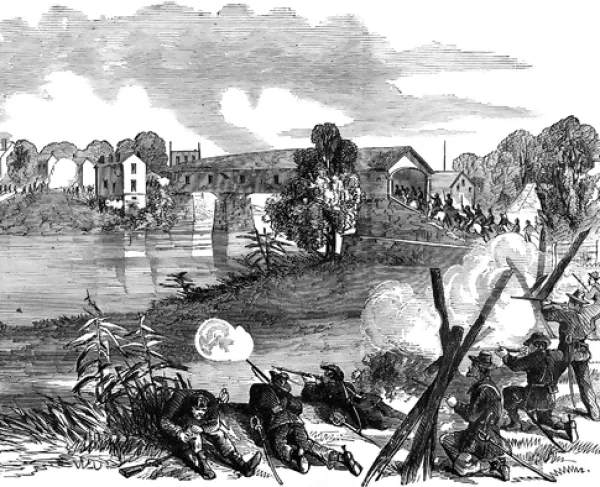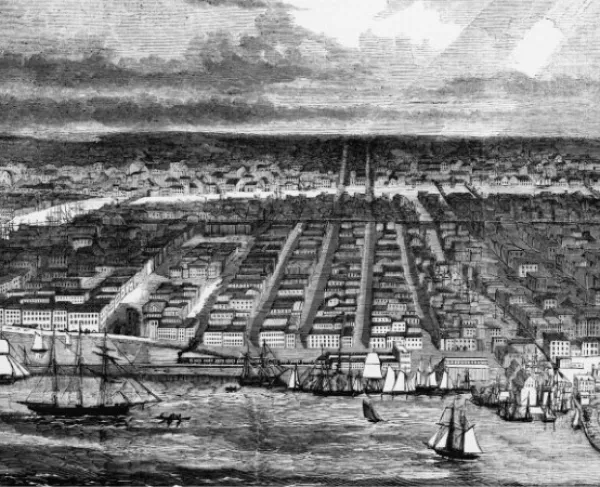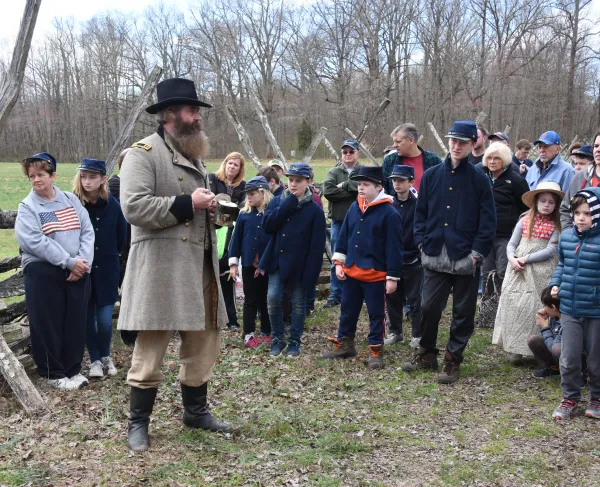Building a Brown Water Navy
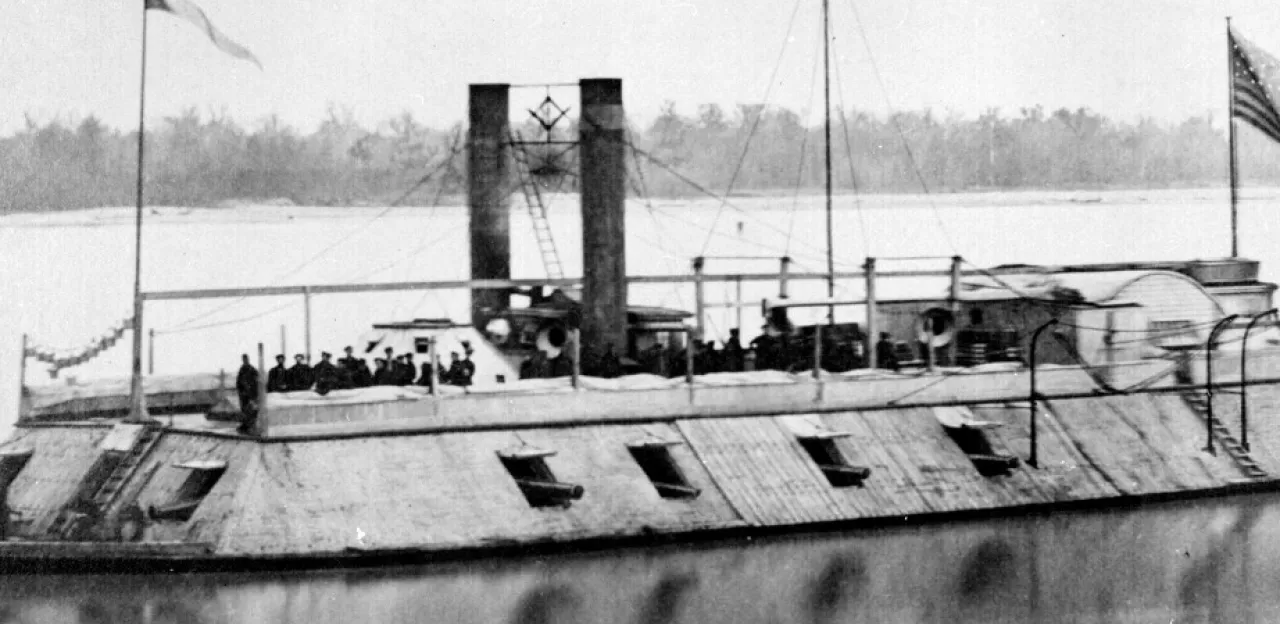
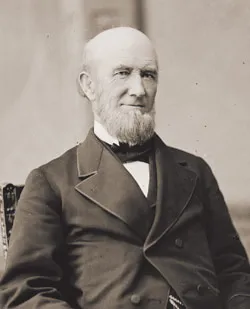
The Union’s “brown water navy” — a colloquial term used to differentiate between those vessels that operated on interior rivers and those present on more open, “blue water,” seas — had its origins in Lt. Gen. Winfield Scott’s so-called Anaconda Plan, which would use naval superiority to encircle and, eventually, strangle the Confederacy. In addition to blockading the Atlantic and Gulf coasts, the Union would need to control the Mississippi River, as well as its major tributaries — the Cumberland, Ohio and Tennessee — as they stretched into the Confederate heartland.
Only weeks after the firing on Fort Sumter, Secretary of the Navy Gideon Welles received correspondence from St. Louis engineer James B. Eads, suggesting specifications for retrofitting snagboats, a type of steamer typically used to clear river obstructions, to serve as gunboats in shallower, narrower river waters. Welles, believing that interior waterways were the jurisdiction of the Army rather than Navy, passed the suggestions on to the War Department. Intrigued, officials there requested that naval procurers and constructors be sent west. With the blessing of Maj. Gen. George B. McClellan, commanding the Army’s Department of the Ohio, three steamers were soon procured at shipyards in Pittsburgh, and Welles ceded their movements to the control of the Army.
Protected by a heavy oak sheathing, the USS Conestoga, Lexington and Tyler were soon patrolling the waters south of Cairo, Ill., where the new command had been established. In August 1861, Welles dispatched Capt. Andrew Hull Foote to the West to command naval operations on the rivers, with orders to report to Army leadership, formally establishing a joint command. To clarify the relationships and interplay in this relatively novel command structure, Foote was soon given the rank of flag officer, roughly equivalent of an Army major general. Despite receiving orders from the Army, Foote and the Navy were responsible for fitting out the vessels and manning them, recruiting experienced sailors from among riverboat crews and the shipping industry on the Great Lakes.
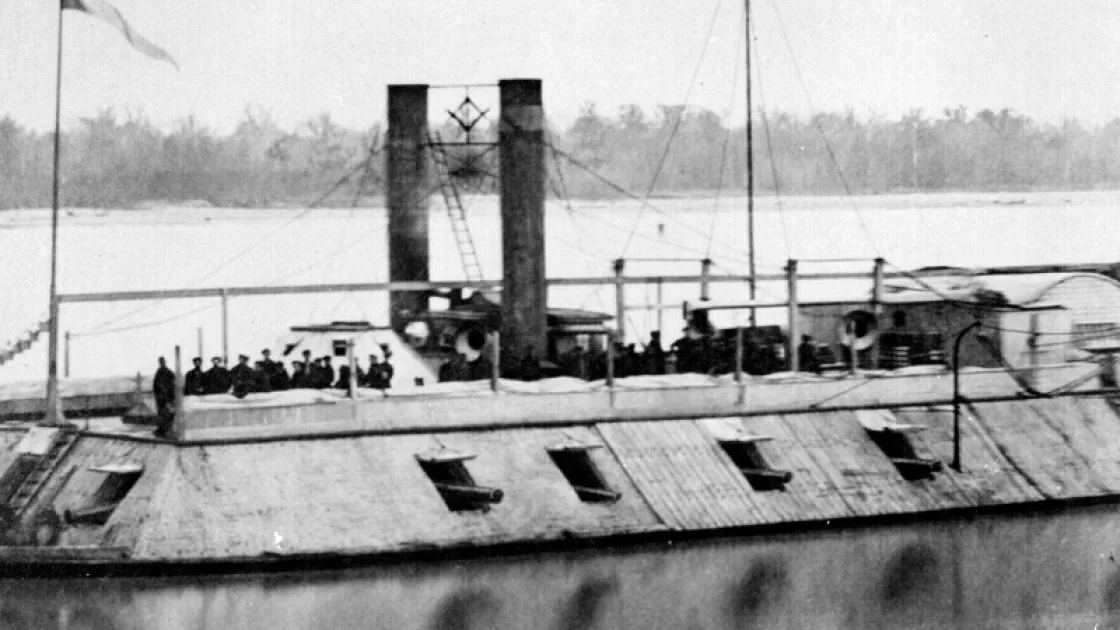
Meanwhile, the War Department had commissioned Eads to construct seven iron-clad gunboats. The crafts, 175 feet long and drawing only six feet of water, were not completely encased in metal, but had two-and-a-half-inch-thick plates covering the bow and stern paddle wheel, as well as on the sides, covering the machinery. Each was heavily manned with a combination of 8-inch guns and 12-, 32- and 42-pound rifles. By the time the new ironclads were completed in November 1861, several other retrofitted gunboats had also joined the squadron and begun to see action on the rivers. The Allegheny Arsenal near Pittsburgh was also busy producing a new type of vessel, one mounted with 13-inch Army mortars to be used in siege operations.
